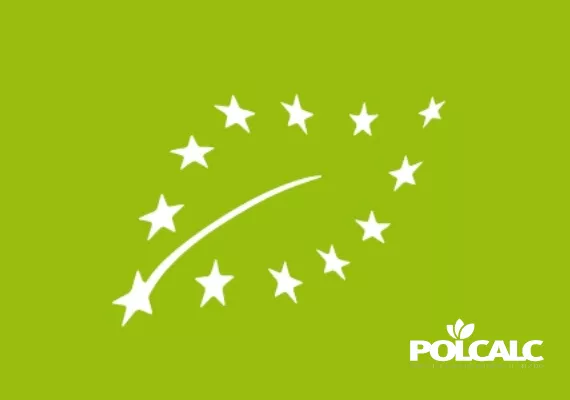
POLCALC III GENERATION is to soil what antibiotics are to the human body. It can be used „blindly,” or consciously to achieve maximum positive effects. In the following note, we would like to encourage conscious and intelligent use of our preparations in the system of soil recovery and maintenance of proper chemical conditions (pH).
Recommended by POLCALC, the liming system consists of three essential steps: diagnosis, therapy, and prevention.
1. DIAGNOSIS
It is worth reminding once again that as much as 66% of soils in Poland show a strong or very strong tendency towards acidification. The further north, the greater the tendency towards acidification. So, it is highly likely that your fields are experiencing excessive acidification – which directly affects the quantity and quality of yields.
The first alarm signal, visible to the naked eye, is the appearance of diseases caused by a lack of active calcium in the soil, e.g., stem browning, young leaf browning, leaf spot, cabbage clubroot, root rot, blight, etc. You can also pay attention to plants growing in hedgerows. If you see ferns, horsetails, mosses, and sorrels among them – the soil is almost certainly acidic!
If you notice any of these unfavorable indicators (decrease in yields, diseases, weeds mentioned above), it is necessary to consult a specialist, e.g., our company or a local chemical-agricultural station.
Experts will then conduct standard analyses: they will determine the soil pH and its compactness degree (soil agronomic category) in the laboratory. It is worth emphasizing the second of the mentioned elements here. Determining soil pH alone is not enough! The soil’s ability to neutralize acidification depends heavily on its physical characteristics (structure, hydration). It is easy to make a mistake (especially when using oxide lime) in determining the lime dose, ignoring the soil structure.
After determining both of the above-described characteristics, the lime demand class for a particular field is established. In our climatic conditions, the result will usually indicate class IV (lime needed) or V (lime necessary). We move on to the next stage.
2. THERAPY
Specialists point out various ways – lime strategies. They depend on the previously determined lime demand classes:
- Classes IV-V (lime needed and necessary) – it is advisable to use increased doses of granulated POLCALC III GENERATION lime.
The main goal here is to restore the soil to its natural chemical characteristics by eliminating acidification. Attention! The detailed amount of fertilizer can be determined by a specialist from our company!
3. PREVENTION
Most often, after using increased doses of lime fertilizer, pH stabilizes at the level of class III lime needs (lime indicated).
This does not mean by any means abandoning the need for constant, i.e., annual monitoring of lime needs. It must be understood that due to precipitation (leaching), soils lose in our climatic conditions 200-400 kg of lime per hectare! If we add the lime taken up by plants to this, it is easy to realize the need for systematic care to maintain proper soil chemical conditions! Therefore, remember to maintain:
- the need for stabilizing lime application (with reduced doses) to the soil,
- monitoring soil pH and flexibly taking actions to increase lime doses – in case of increasing acidification!
Let us repeat once again in conclusion:
First, AWARENESS OF NEEDS, second, INTELLIGENT AND PRECISE APPLICATION, third, CARE AND FLEXIBILITY – are factors optimizing the use of POLCALC III GENERATION fertilizers and increasing your satisfaction with their application!






